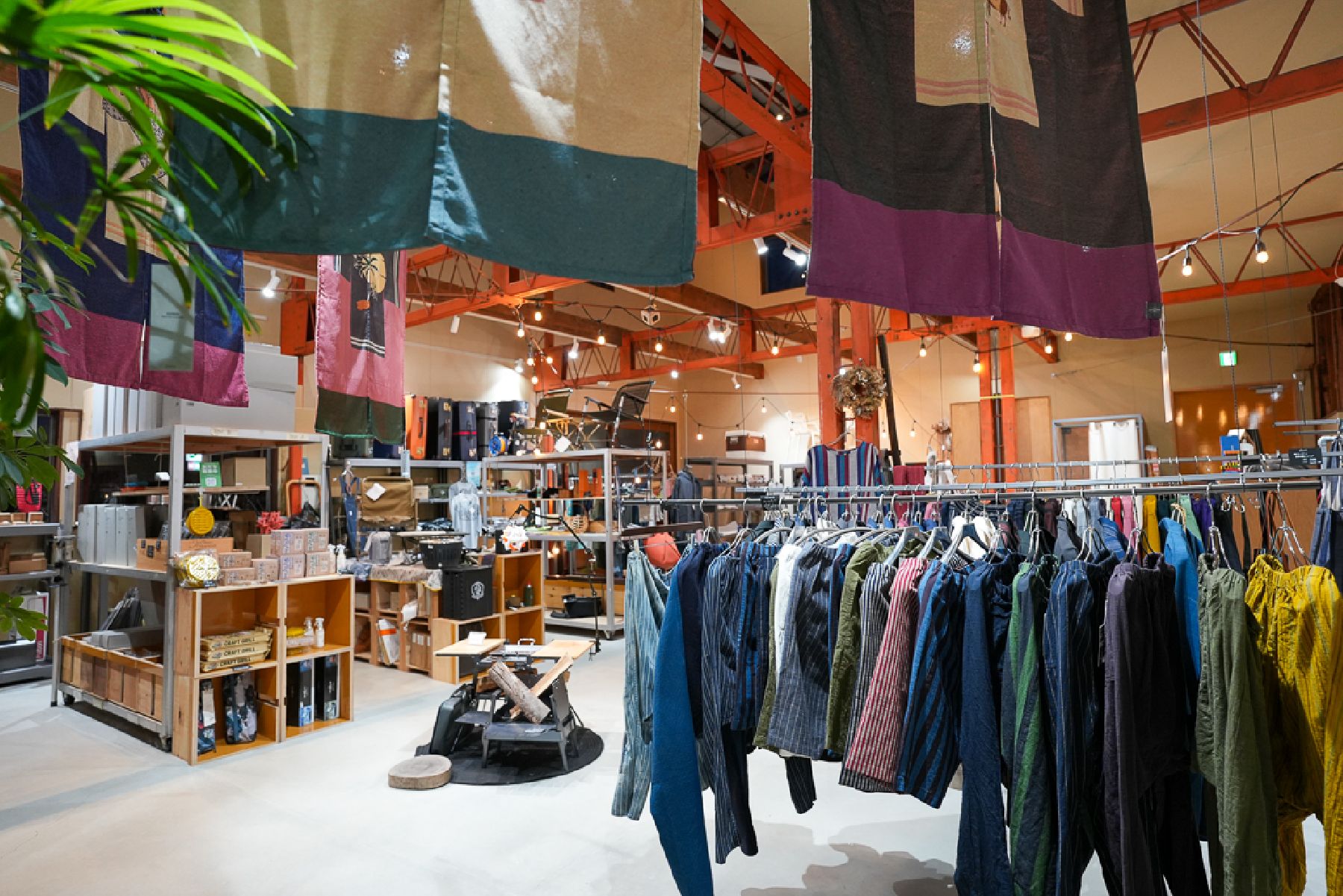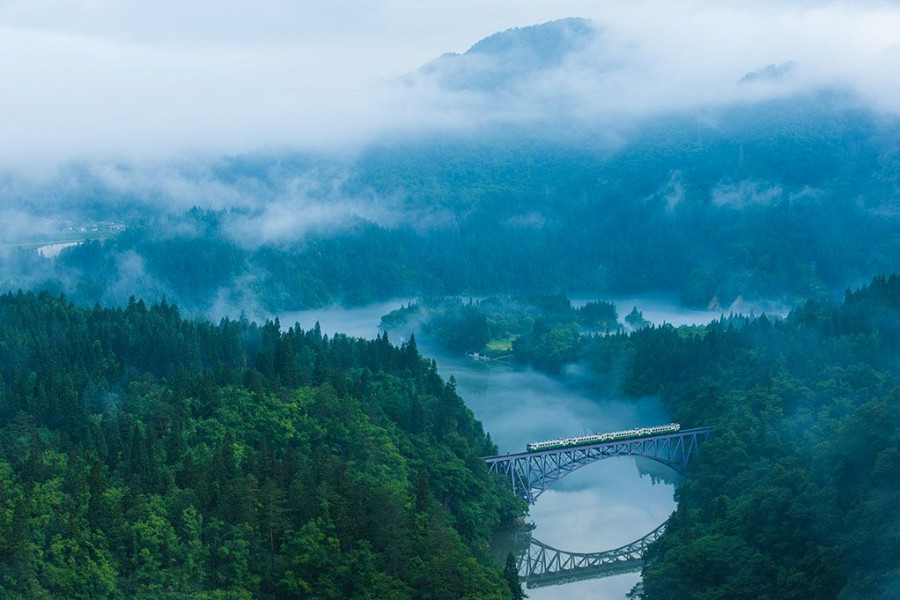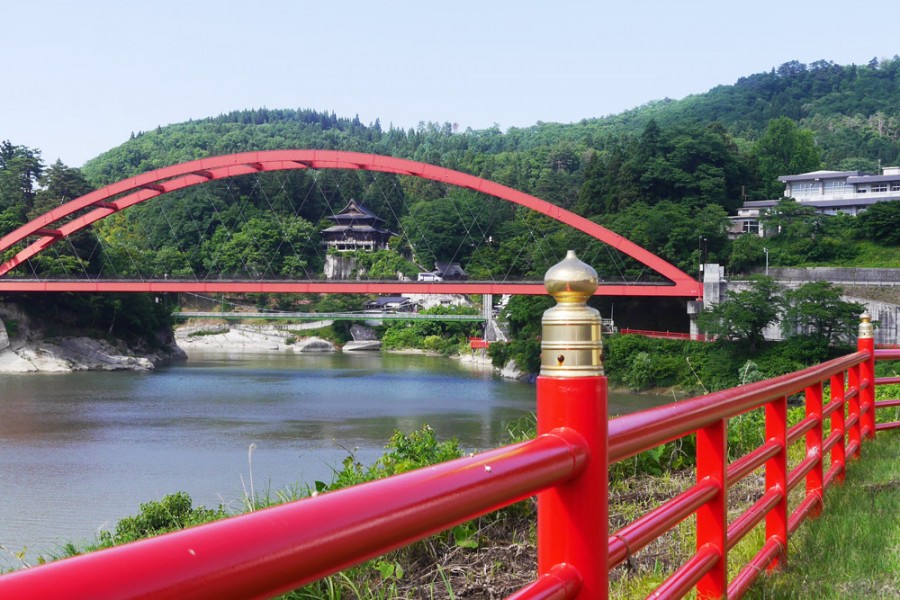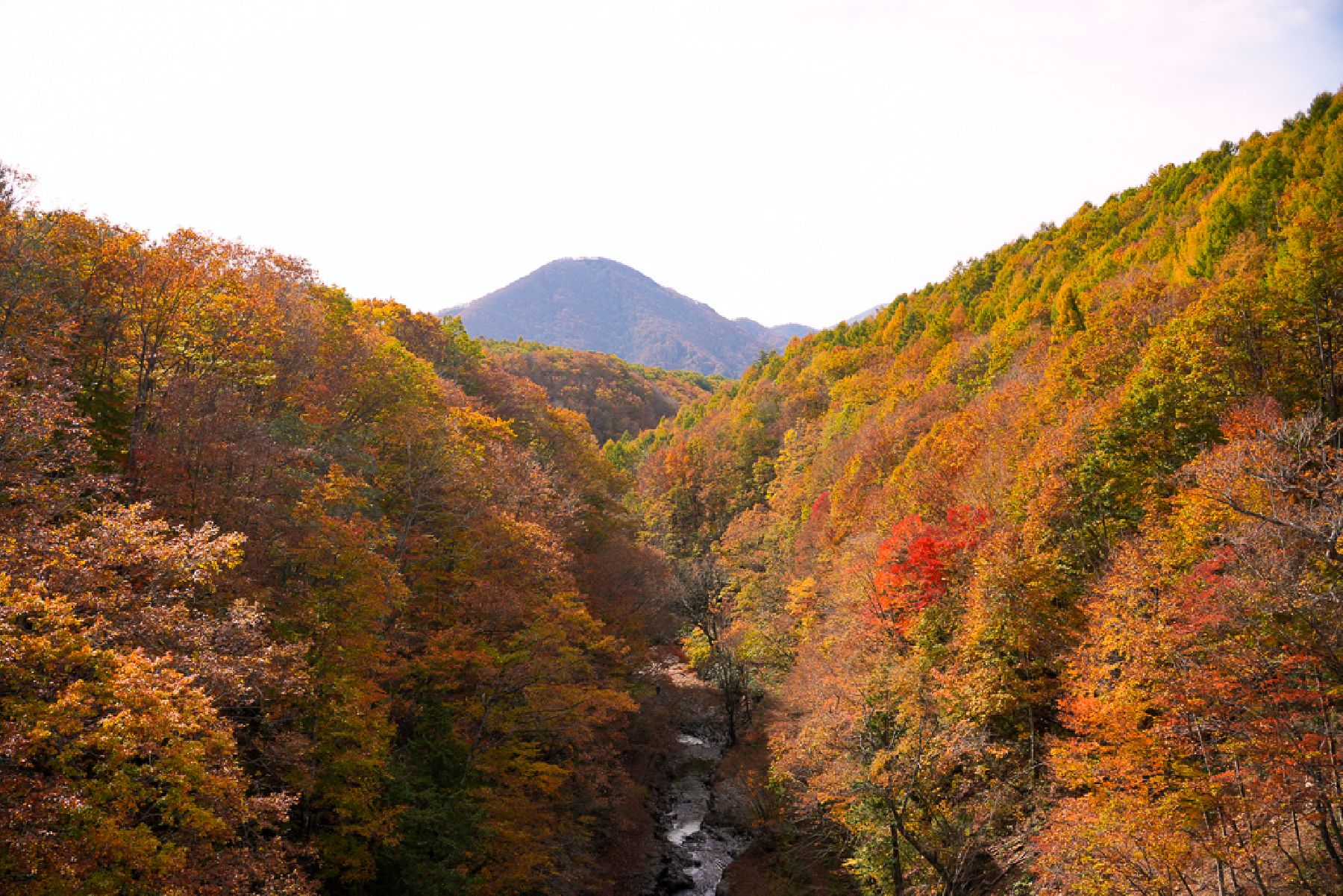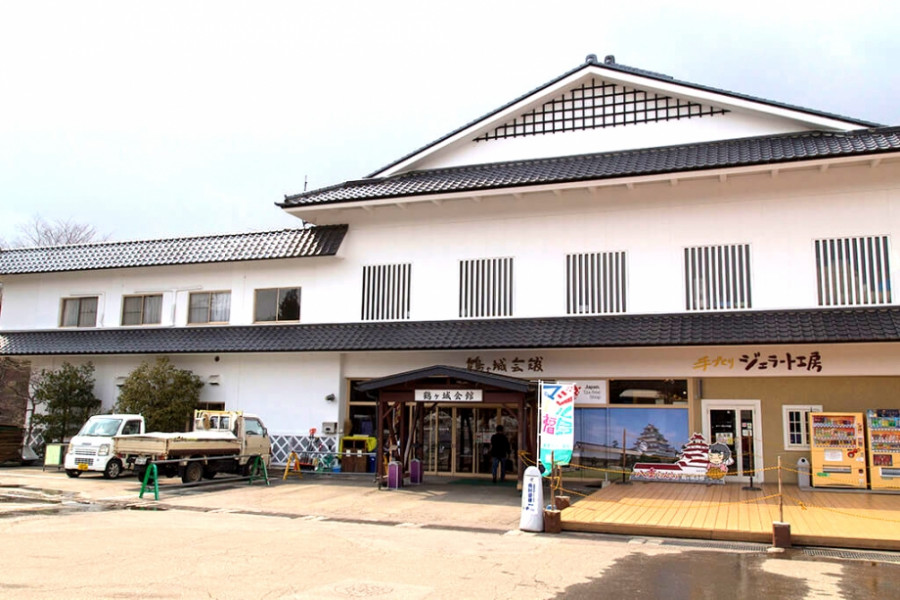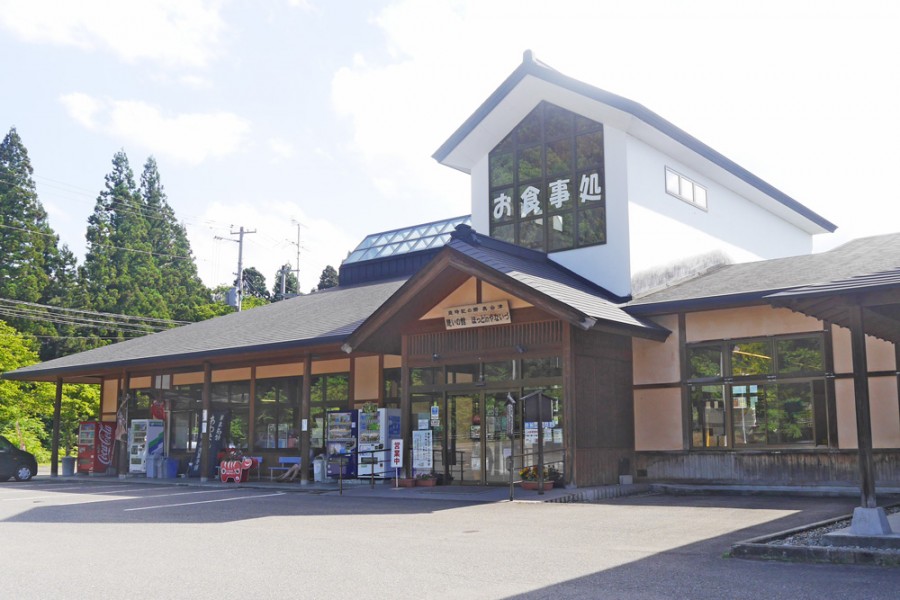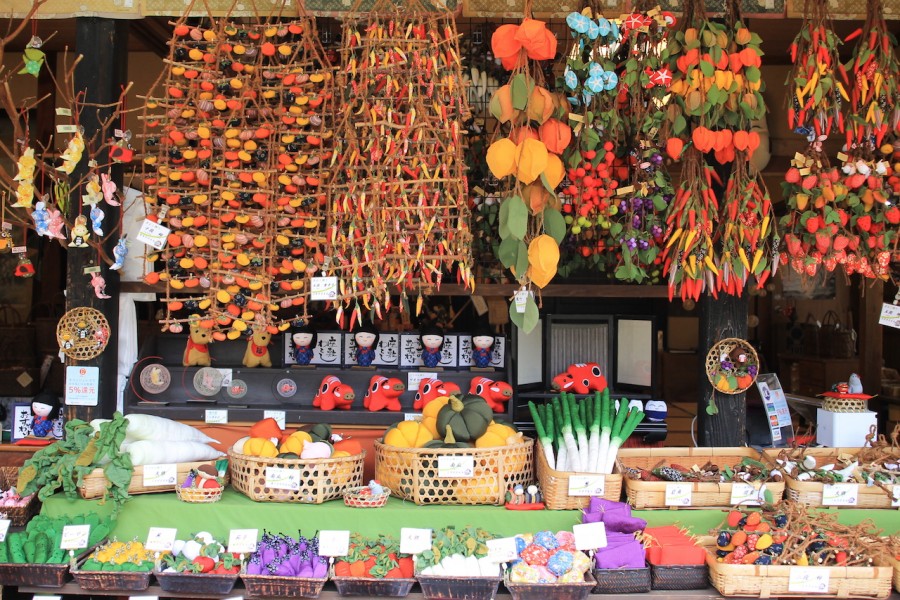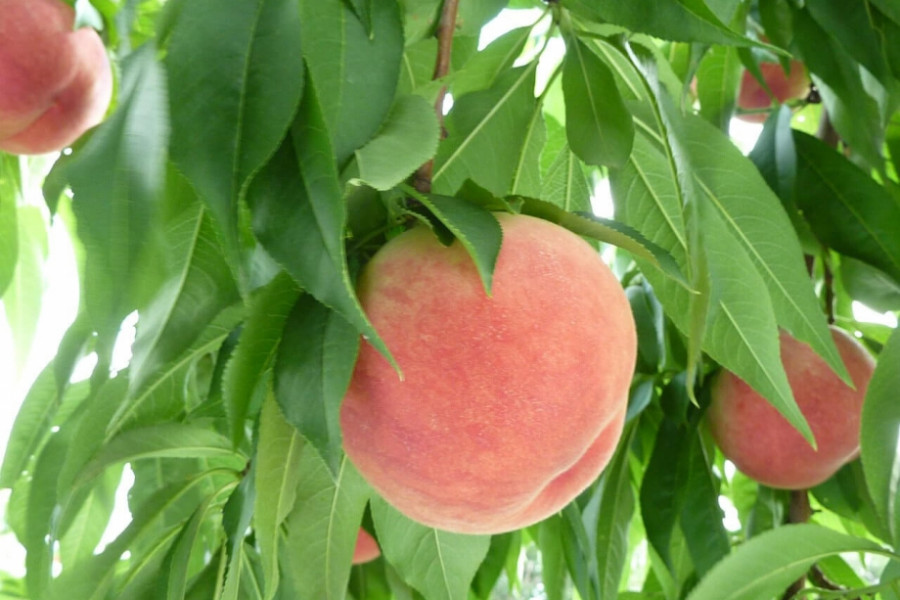
Fruit Land Kita-Aizu
Fruit Land Kita-Aizu is the name of the JA Aizu West Agriculture Center. Fruit Land Kita-Aizu serves as a local hub giving information on a number of nearby orchards in Kita-Aizu Town, Aizu-Wakamatsu City. The orchards that make up Fruit Land Kita-Aizu provide visitors with delicious fruit-picking experiences, which can be tried throughout the year. Please enjoy the delicious fruit that Aizu has to offer, and take in the beauty of its nature at the same time.
